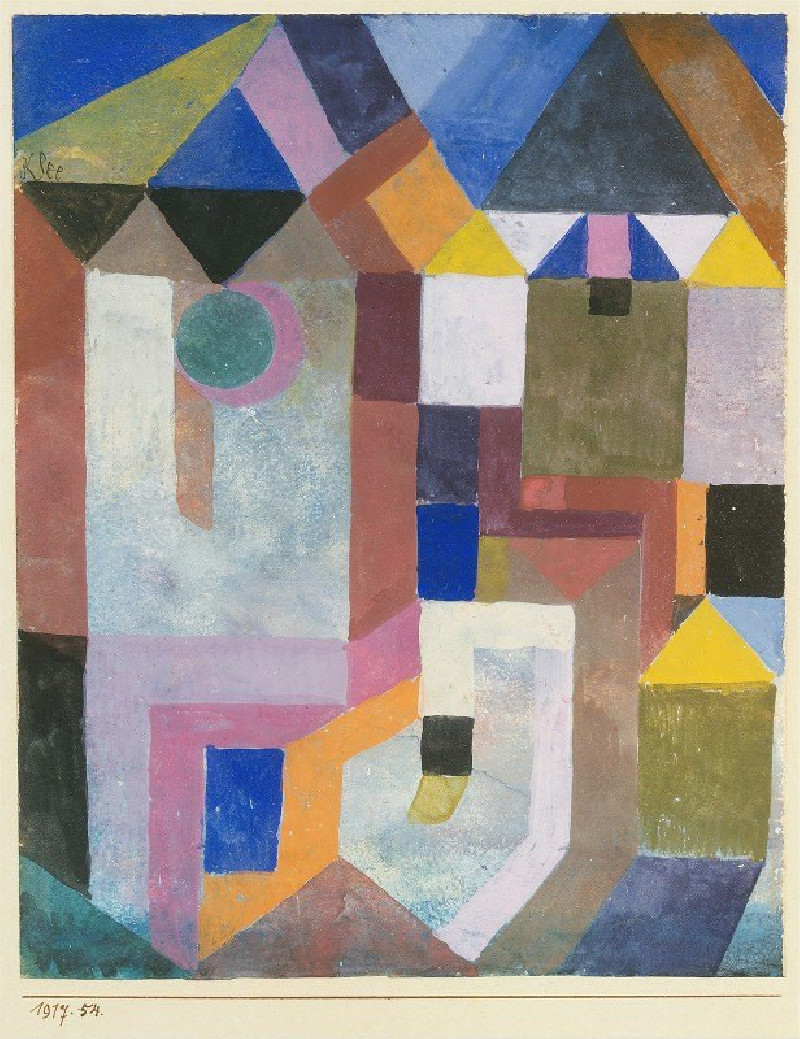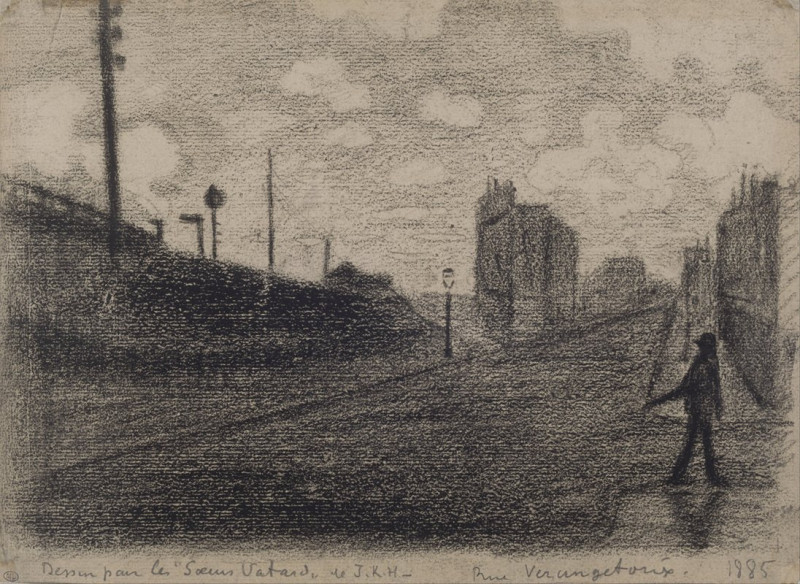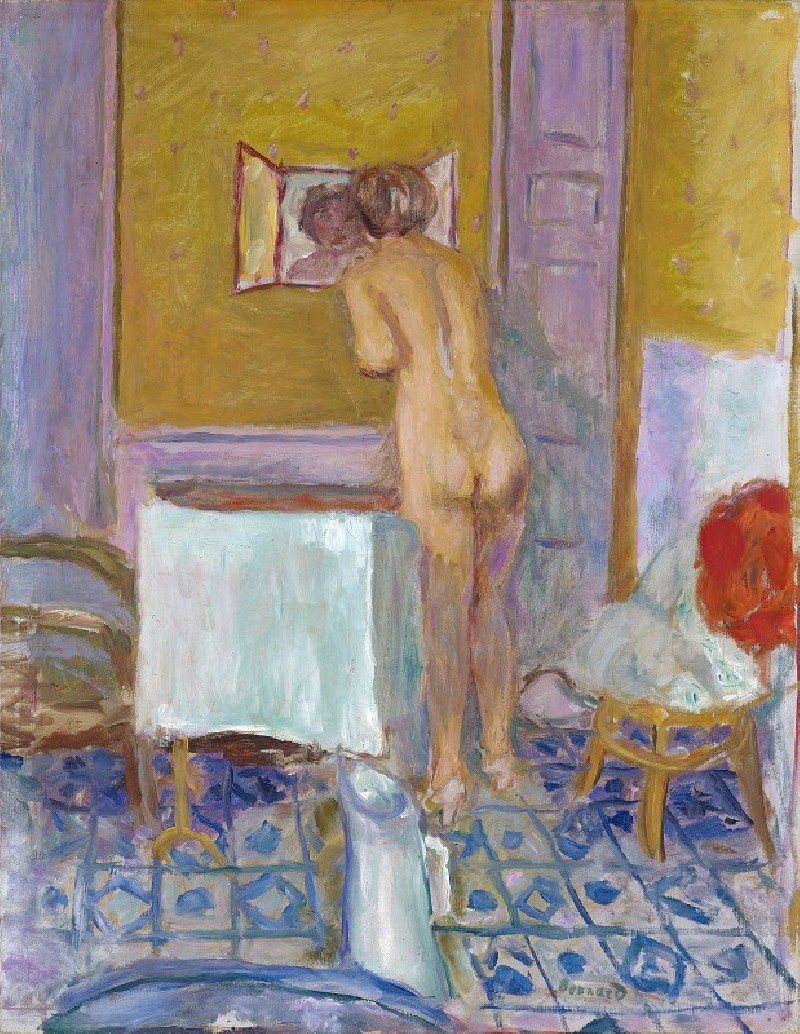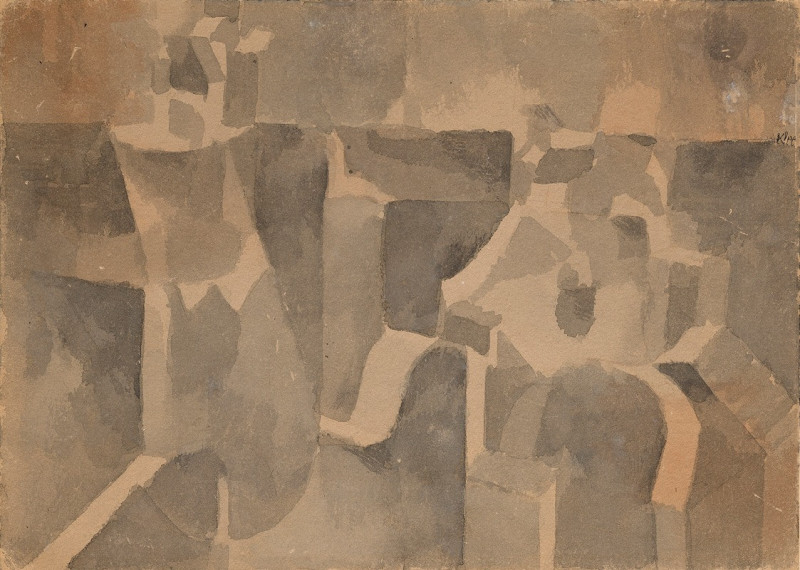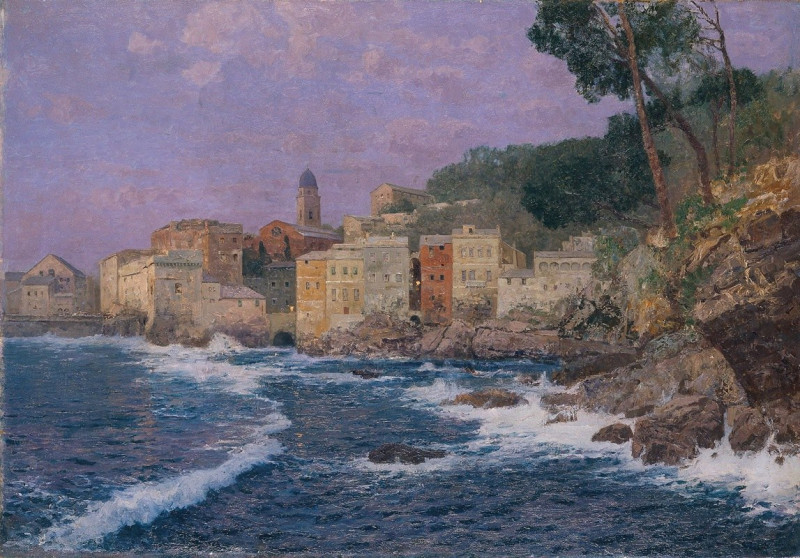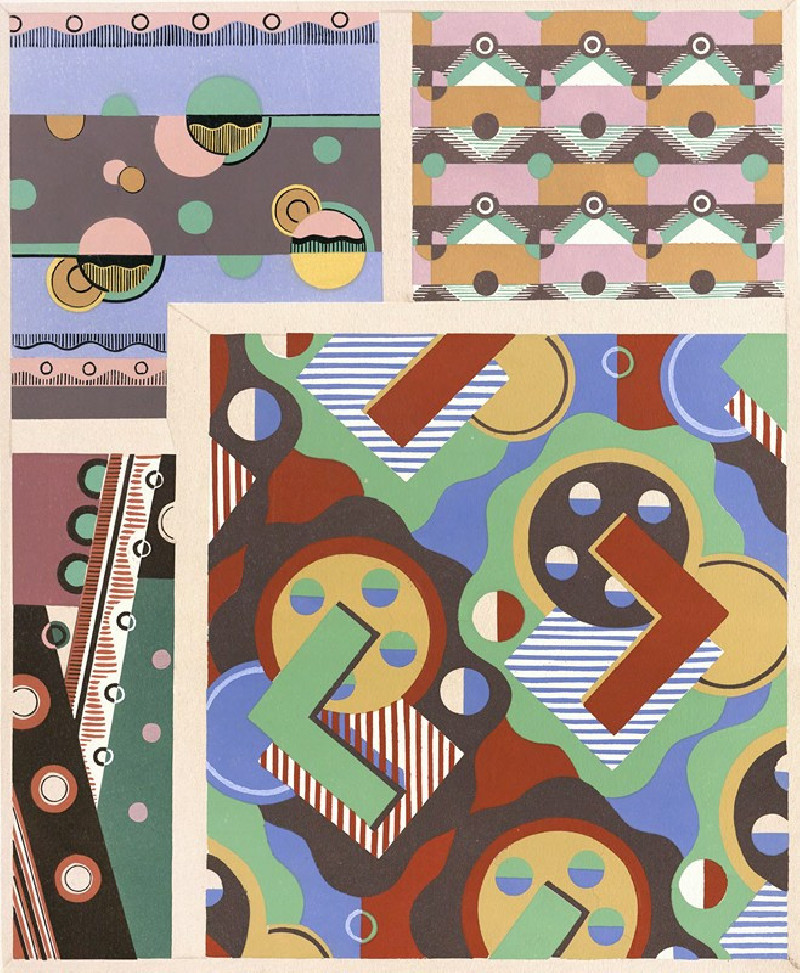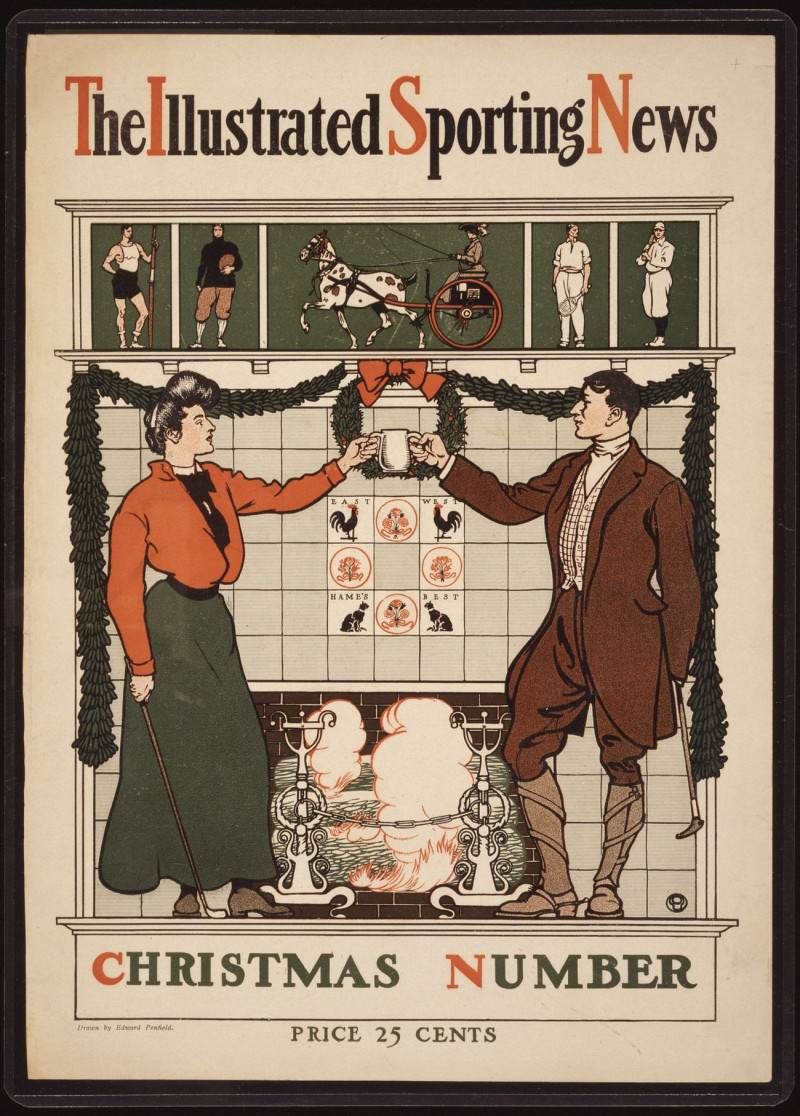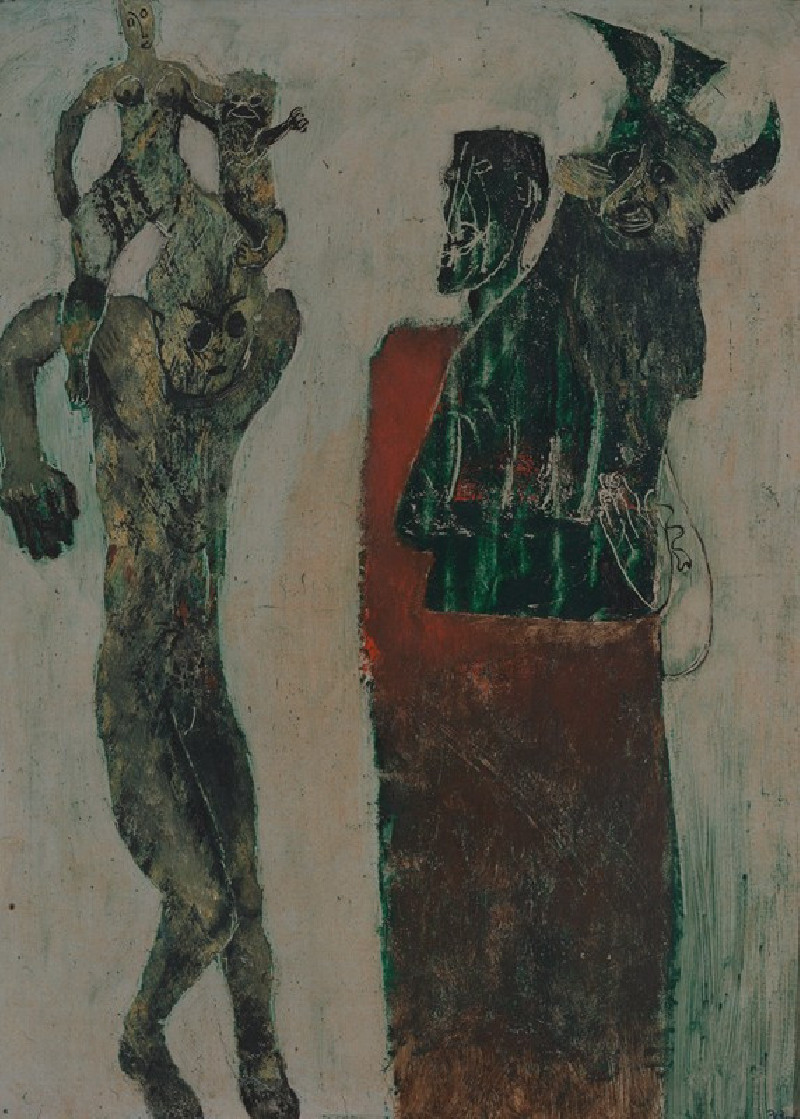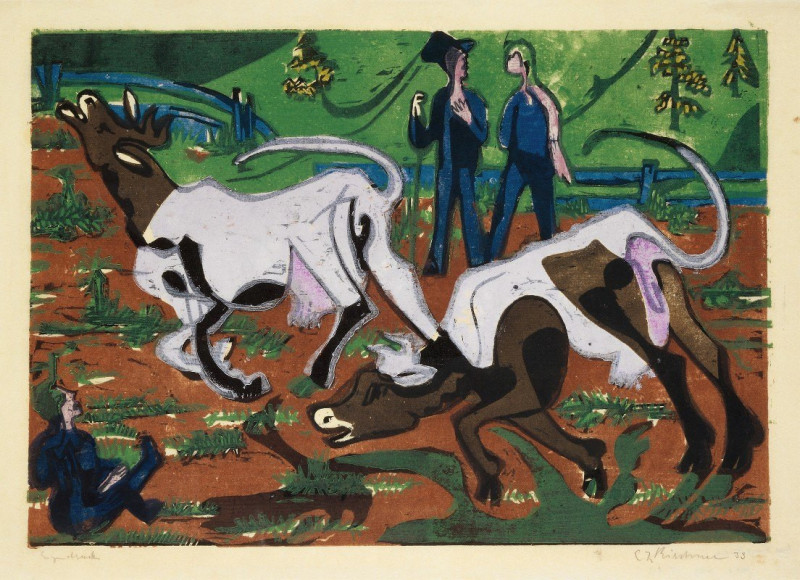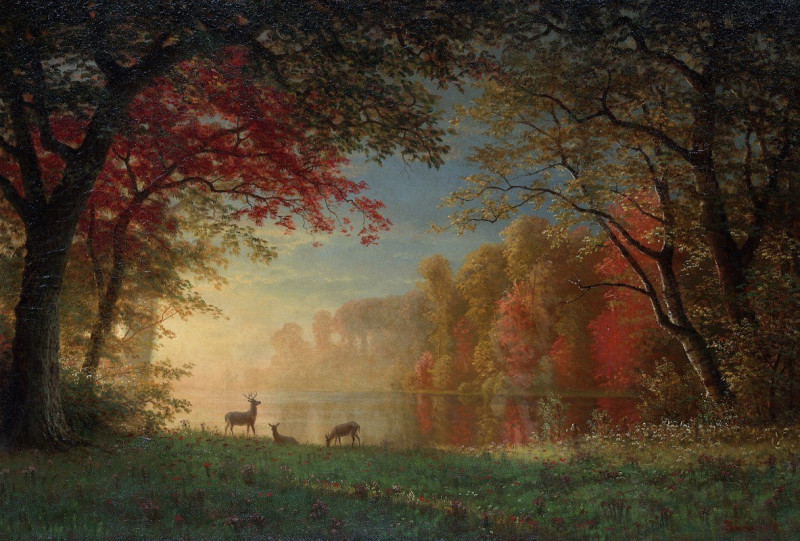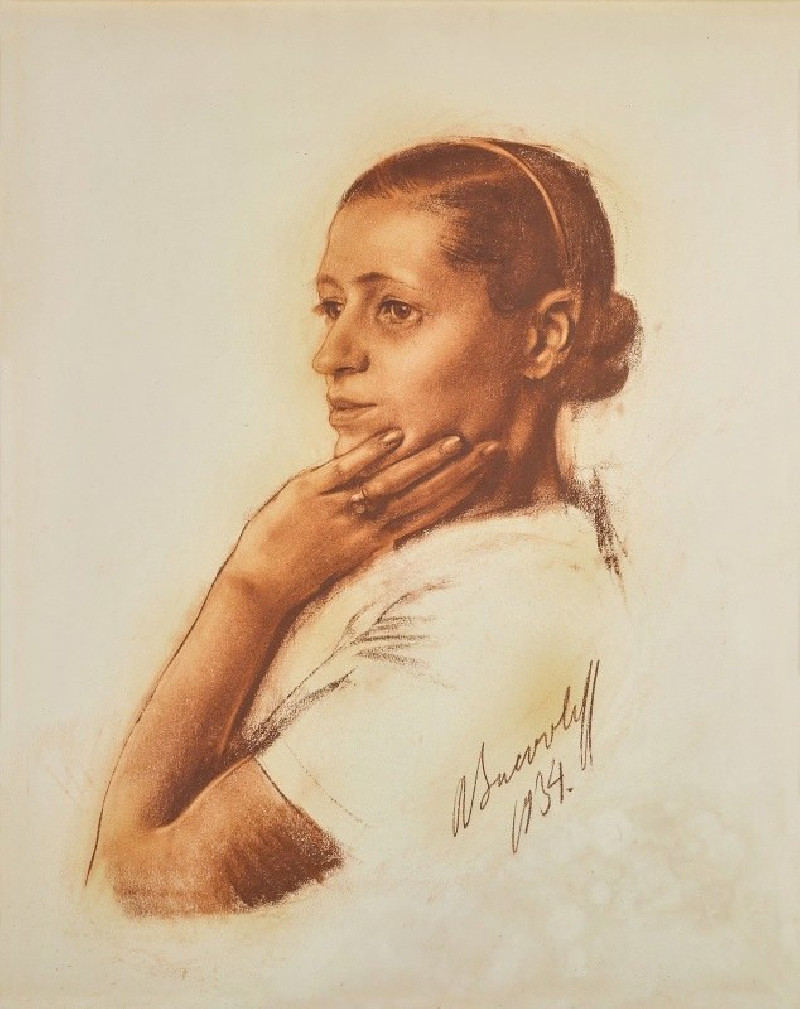Colorful Architecture (1917)
Technique: Giclée quality print
Recommended by our customers
More about this artwork
Paul Klee's "Colorful Architecture" (1917) showcases the artist's fascination with the overlap of color, shape, and architecture to evoke emotion and narrative. The painting is composed of various geometric shapes and forms, using a vibrant yet harmonious palette that ranges from muted browns to vivid blues and pinks. The collage of shapes might suggest an abstract interpretation of a built environment, possibly reflecting the cubist influences of his time.Klee, known for his innovative and experimental approach, crafts a visual dialogue through juxtapositions of color and form. His technique involves layering and the strategic placement of shapes to create depth and intrigue. Elements like the circular form and intersecting lines draw the viewer's eye across the painting, inviting exploration and interpretation.In "Colorful Architecture," the amalgamation of architectural elements and rich colors creates a unique visual landscape that is open to the spectator's interpretation—a hallmark of Klee's art, which often straddles the boundary between abstraction and figuration.
Delivery
Returns
Paul Klee was a Swiss-born German artist. His highly individual style was influenced by movements in art that included expressionism, cubism, and surrealism. Klee was a natural draftsman who experimented with and eventually deeply explored color theory, writing about it extensively; his lectures Writings on Form and Design Theory (Schriften zur Form und Gestaltungslehre), published in English as the Paul Klee Notebooks, are held to be as important for modern art as Leonardo da Vinci's A Treatise on Painting for the Renaissance.

